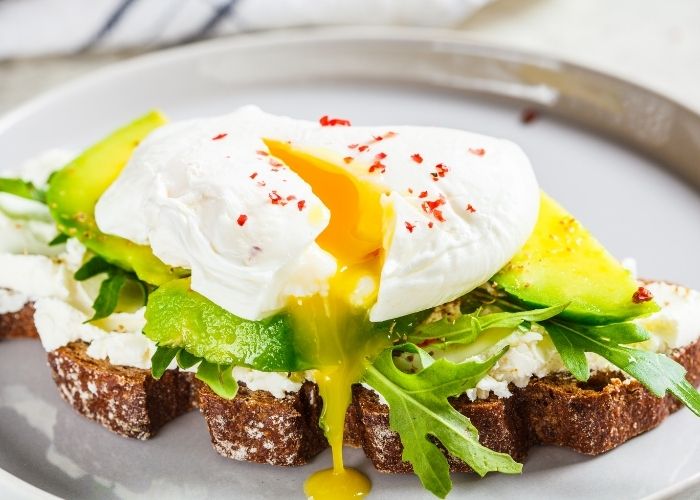MADRID – In many cuisines, especially in Spanish, oil is an indispensable ingredient. Olive oil and sunflower oil are both widely used for the preparation of both hot and cold dishes. Only, what can you do without oil in your cupboard?
Since the war in Ukraine, the world’s largest sunflower producer, sunflower oil has become increasingly scarce and its price has skyrocketed. Furthermore, because of the severe drought that hits Spain, the price of olive oil doubled compared to a year ago. But how do we prepare those delicious Spanish dishes without oil? In this article, we give some tips for cooking without oil.
Also read: Mediterranean diet: Essential oils incorporation has prebiotic effects
Techniques, ingredients, and kitchen utensils
Just like for cooking with oil, you can use the oven, grill, microwave, and also (frying) pans for the preparations without oil. Make sure that the pans have an undamaged non-stick coating so that the food does not stick to them. In the supermarket, throw some meat, fish, stock, vegetables, or fruit in your basket and you are ready to cook without oil.
Fragrant fish
Whether you prepare the fish in a pan or on the grill, in both cases you can easily replace the oil with stock or lime juice.
If you prepare the fish in the oven, fold it in silver foil, place the fish on a bed of vegetables and add a little stock so that the fish does not become too dry.
As a third option, cook the fish with steam. By adding a good bouquet of herbs and spices, you can finally dispel the myth that steaming produces bland and tasteless dishes.
Tender meat
You can prepare meat in the oven in different ways. If you opt for a more fatty piece of meat, you can season it with some pepper, salt, and herbs. Then place it directly on the grill plate, as if it were a barbecue. Place a baking dish underneath to catch the excess fat and juice. Keep a close eye on the temperature of the oven and a wonderfully tender and tasty piece of meat, virtually without fat, is the result.
You can place a slightly less fatty piece of meat in an oven dish, add a little stock and put some vegetables on top that contain a lot of moisture such as tomatoes, aubergines, courgettes, etc.
For thinner fillets of meat, you can use a pan or the grill. Just keep turning them over and over. Thicker pieces of meat should first be quickly seared on both sides on high heat and then continue to cook on a lower heat or under the grill. In this way, all the tasty juices remain in the meat.
Juicy poultry
The cooking techniques described above can also be applied to dishes with turkey or chicken. The following preparation methods can be added to this.
Also read: Top 20 Spanish ‘horror dishes’
If you are roasting a whole chicken, add enough stock or the juice of limes, oranges, or lemons. You can also stuff the chicken for extra flavour and creaminess with fruit or vegetables that can be cooked well in the oven, such as onion, or peaches.
You can of course turn chicken on a spit in the oven, but a good alternative is the roasting bag. The chicken goes into the bag in whole or in parts. You add stock, juice, herbs, and spices, seal the bag tightly and let the chicken cook gently. This way the juices all stay inside and you get an extremely tasty piece of chicken.
Breakfast with an egg
Break the egg and pour it into a silicone container. Add a little salt and spices if necessary and place them in the microwave.
You get an almost comparable result to the fried egg by bringing a layer of water of about two centimetres with a pinch of salt to the boil in a pan. Break the egg and let it run into the boiling water. For best results, put the lid on the pan and after about a minute your egg is ready. Remove it from the pan with a slotted spoon and let it drain briefly.
We hope we were able to inspire you with the above and ¡Que aproveche!


